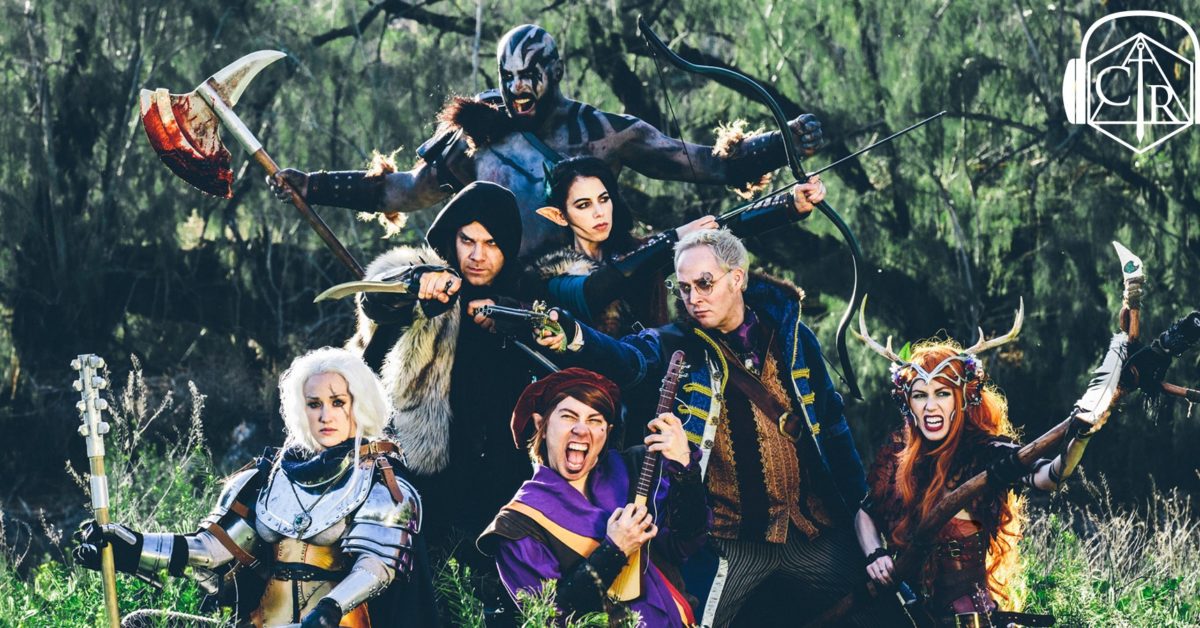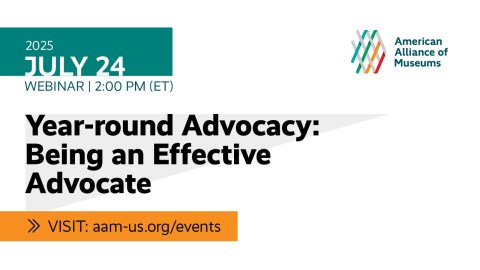
When I sat down to write the third entry in CFM’s scenario set for 2022, I struggled over what kind of story would most usefully round out the collection. Scenario one (A Third Year of Waves) explores a depressing but entirely possible future in which the US copes with repeated waves of COVID-19 infections caused by new variants. Scenario two (The Long-awaited Tail) tries hard for optimism, but the best I could arrive at was the “least bad” prospect for the coming year in which omicron proves to be the last wave of the pandemic but inflicts significant damage on its way out.
So far, both these scenarios are still entirely plausible. New models from the University of Washington suggest the omicron wave may peak around January 19 before falling precipitously. However, as the director of the U. Texas COVID-19 Modeling Consortium recently observed, we still face the possibility that a new variant, one worse than omicron, could arise. (See this article from AP News for a deeper dive into these projections.)
I started to draft a third scenario called “Fatigue and Fragmentation,” focusing on the growing cultural and political divides that pose a credible threat to the existence of the US as a functional democracy. Unfortunately, the pandemic may both accelerate this threat (with masking and vaccines becoming divisive issues in and of themselves) and hamper any effective response. It’s interesting to consider what role museums, as organizations trusted across the social and political spectrum, might play in healing this divide, reminding us of our common humanity and shared needs. Although this scenario is important, I feel it would be too depressing to publish right now. (Though if you want to explore this plot line for yourself, start by reading this article, and this one, and this.)
I’d like to offer an optimistic story, but I can’t come up with a plausible scenario that is more hopeful than the Long-awaited Tail. So instead, I decided to take a sideways leap and publish a guide to creating your own scenario of 2022. At its best, foresight can help us confront our fears, as well as cultivating hope. I hope this exercise will help you manage anxieties you may have about the coming year and foster a sense of agency at a time when so much lies outside our control.
–Elizabeth Merritt, VP Strategic Foresight and Founding Director, Center for the Future of Museums, American Alliance of Museums
2022 Scenario Three: Build Your Own Adventure
This text will guide you through the process of developing your own scenario for the coming year, explore what that version of the future would be like, and help you identify some steps you can take (personally, or at work) to feel better prepared.
Step 1: Select Four Forces of Change
Our path through time is determined by forces of change, notably trends and events, that shape the world around us.
Trends describe things that changes over time, characterized by directionality (e.g., up or down, more or less frequent) and speed (fast or slow). Examples of important trends shaping our lives in the past couple of years include numbers tracking COVID-cases, school districts switching to remote instruction, employment figures (layoffs, quit rate, workforce participation), and public interest in travel and tourism.
Events are time-bounded incidents (things happening at a particular point in time). Events can accelerate or decelerate a trend, or send us off in a different direction entirely. Some notable events shaping our recent history: the World Health Organization declares COVID-19 to be a global pandemic (March 11, 2020); the Payroll Protection Program becomes law (April 24, 2020); a mob attacks the US Capitol, attempting to disrupt the count of electoral college votes (January 6, 2021); Winter Storm Uri sweeps across the United States, causing blackouts for over 9.9 million people and triggering a power crisis in Texas (February 12-17, 2021).
Identify three trends and one event that are top of mind when you think about the next twelve months. These might be things that are already happening, or that you fear/hope will happen. They may provoke anxiety, hope, or uncertainty. In any case, they represent forces of change that will significantly affect your life and work.
Three trends:
1.
2.
3.
One event:
Step 2: Identify Challenges and Opportunities
Brainstorm some challenges and opportunities created by these forces of change. For example, a tight labor market might provide the opportunity for you to search for a different job and present your museum with challenges to filling open positions. Your local school closing (again) might challenge you to find childcare, while presenting an opportunity for your museum to host a remote learning lab. One way to defang your anxieties is to bluntly frame this as hopes (opportunities) and fears (challenges). What is the best or worst that might happen?
Step 3: Frame Your Scenario
Spend some time imagining what the coming year might be like, shaped by these forces of change. What might be happening in your personal life, at work, in the country or the world at large? Write a brief summary of this version of 2022—I suggest a goal of 500-1000 words. It can take any form: a news report, an historical entry in a future version of Wikipedia, a diary entry that you write at the end of the year.
Step 4: Rate its Likelihood
Decide where would you pin this scenario in the Cone of Plausibility: smack in the middle (highly probable), somewhere in the middle ring (possible), or towards the edge (improbable)? If you decide this scenario is highly unlikely, maybe you can stop worrying about it (or conversely, accept that it represents a forlorn hope).

Step 5: Identify What You Can Do
Trends and events are two important forces of change. You are the third: the choices that individuals and organizations make, the actions they take, have the power to shape the world. Identify three things you can do, in the coming weeks, month, and year, to prepare for or respond to the challenges and opportunities you identified above.
1.
2.
3.
Step 6: Set Up Your Action Triggers
Some of the actions you identify above may be things you want to do regardless of coming events. Preparation (whether it takes the form of writing a plan, updating a will, or packing a go-bag) is a good thing. Others may hinge on how things turn out—what indicators would suggest to you that it’s time to hire new staff? Move a child into private school? Take a long-deferred vacation? Decide what these indicators are and identify where you can look for this information—monitoring websites, subscribing to newsletters or reports, checking the local or national news. Setting up some evidence-based tripwires that will activate your pre-made plans can lower your daily cognitive load.
***********************************************************************************************
This exercise is something you might do as an individual or with family members, to support personal decision making, or with staff and board members to inform your museum planning. In either case, if you would like to share your scenarios, please send them along to me at emerritt@aam-us.org. Maybe you can help me envision a brighter future, and help the field be better prepared for the year to come.








